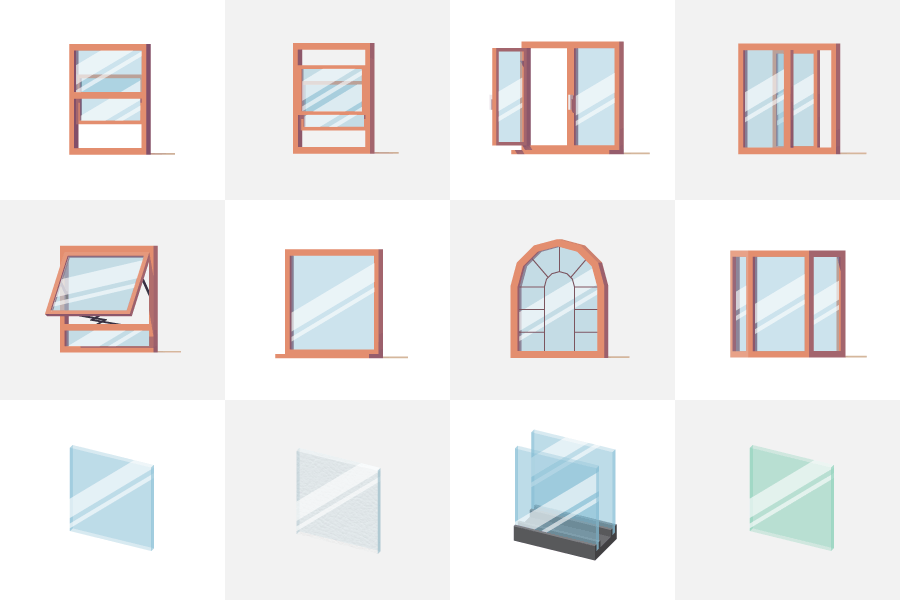The Very Best Pressure Cleaning Techniques For Every Surface Area
The Very Best Pressure Cleaning Techniques For Every Surface Area
Blog Article
Content Author-Vazquez Markussen
When it involves press washing, the technique you select can make all the distinction in achieving a clean, streak-free surface. You could locate that tough surfaces, like concrete, call for a different method than softer products, such as timber or plastic. It's necessary to adjust your techniques to the surface type to avoid damages while maximizing cleaning efficiency. So, what are the very best strategies for each surface area, and how can you ensure you're using the appropriate settings and tools for the work? Allow's discover what you need to know to get the very best outcomes.
Hard Surface areas
When it pertains to push washing tough surface areas, preparation is vital. Prior to you also consider pulling out the pressure washer, take the time to get rid of the location of any particles, furnishings, or challenges. You do not want anything entering your means or possibly destructive your equipment.
Next off, check the surface for any cracks or damage; this will certainly help you establish the best method and stress settings.
As soon as you have actually prepared the location, it's important to pick the appropriate nozzle. For difficult surface areas like concrete or block, a slim nozzle (15 or 25 degrees) works best to offer a focused stream of water that can efficiently remove gunk and discolorations. Always start at a distance and gradually move closer to prevent any kind of surface damage.
As you begin cleaning, maintain the wand relocating to prevent streaks and over-saturation. It's also useful to function from the top down, allowing dirt and particles to remove naturally.
Lastly, bear in mind to rinse the surface completely after cleaning up to get rid of any type of remaining cleaning agent. With these methods, you'll accomplish a clean and rejuvenated appearance on all your hard surfaces.
Soft Surfaces
Stress washing soft surface areas calls for a gentler strategy to shield them from damages. Whether you're cleansing your deck, patio furniture, or exterior siding, making use of excessive pressure can bring about dents, scratches, or even irreversible harm.
Start by selecting a low-pressure nozzle, preferably a 25-degree or wider spray pattern, to disperse the water much more delicately.
Prior to you start, it's crucial to pre-treat any discolorations with an ideal cleaning service. look at this now enables the cleaner to penetrate the dirt and gunk, making it easier to get rid of without scrubbing as well hard.
Always use the remedy from the bottom as much as stop spotting.
When you begin stress cleaning, maintain a range of at least 12 to 18 inches from the surface area. Move your stick in a sweeping motion, keeping it alongside the surface to stay clear of concentrated pressure on one spot.
Wash the area thoroughly after cleaning to eliminate any residual cleaner.
https://www.express.co.uk/life-style/property/1644642/how-to-fix-sun-damaged-furniture-paint-wood-fabric-evg but not least, evaluate the surface for any type of missed out on spots and repeat the procedure if required. By following these steps, you can effectively clean soft surface areas while preserving their stability and look.
Specialty Surfaces
Cleansing soft surface areas requires treatment, yet specialty surfaces demand even more interest to information. When you deal with these surfaces, like fragile timber, tarnished concrete, or particular sorts of home siding, utilizing the right pressure cleaning strategies is vital to stay clear of damages.
Initially, evaluate the material. For example, dealt with wood can typically stand up to modest pressure, but softer timbers like cedar might require a reduced setting. Constantly begin with the lowest pressure and gradually enhance if necessary.
For tarnished concrete, use a follower spray nozzle and preserve a consistent distance to stop etching the surface area.
When handling surfaces like vinyl house siding or painted surfaces, a wide spray pattern aids distribute the pressure equally, safeguarding the finish.
It's also important to utilize detergents particularly made for specialty surface areas. They can boost cleansing without jeopardizing the product.
Rinse thoroughly after cleaning to eliminate any type of deposit, as it can result in staining or wear and tear with time.
Final thought
To conclude, mastering pressure washing techniques for different surface areas can make all the difference in your cleaning results. For hard surfaces, stay with slim nozzles and a top-to-bottom approach, while soft surface areas require a gentler touch with larger nozzles. Do not neglect to pre-treat discolorations and wash completely to avoid deposit. By adjusting your approaches to every material, you'll not just accomplish a cleaner surface but additionally secure the honesty of your surfaces. Satisfied cleaning!
